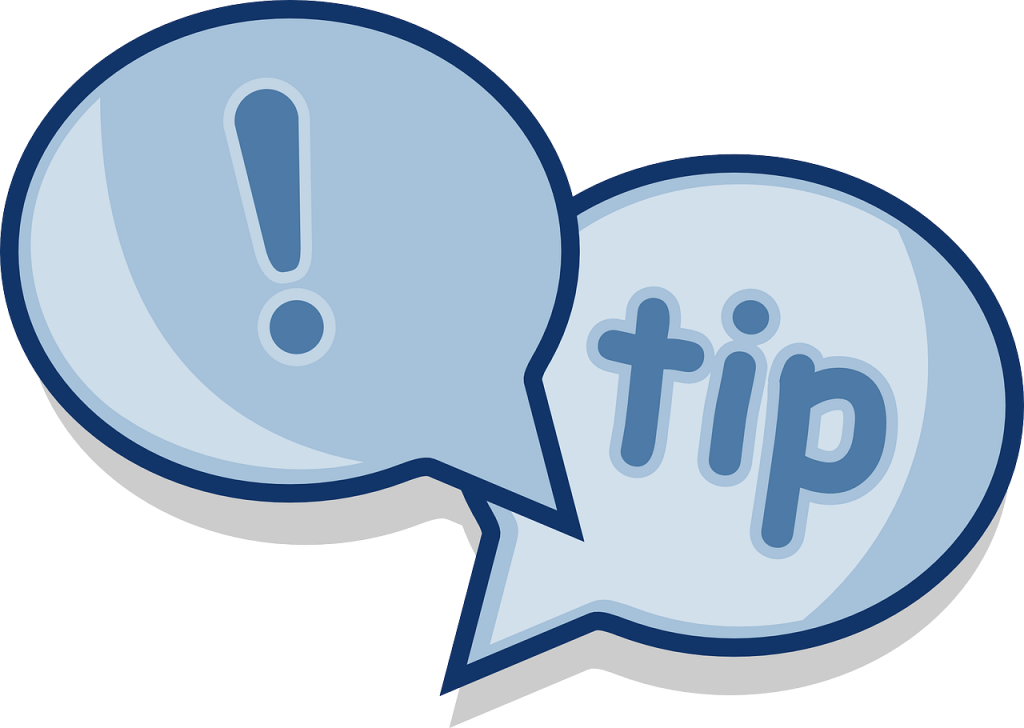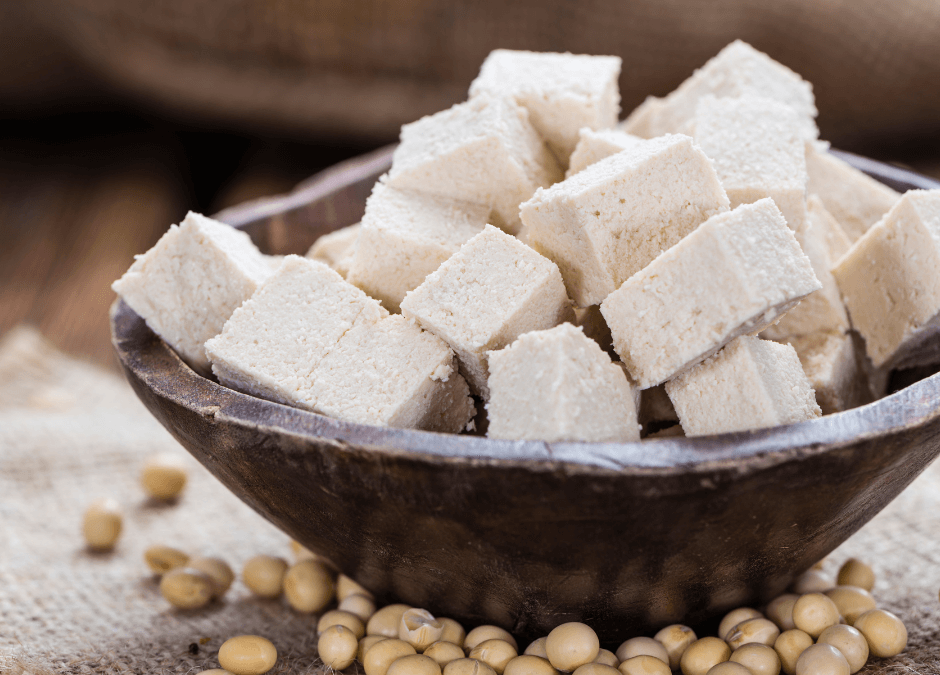In Part I of this post I shared some background on phytoestrogens.
In the hormone-driven post-treatment survivor community I hear this constantly; “A lot of foods have estrogen in them. I don’t want to eat anything that will make my cancer worse or come back.”
I’m setting the record straight so you can have peace of mind!
THE CLAIM: For women with hormonally-driven breast cancer there are dietary restrictions, including a recommendation to eat a “low-estrogen” diet. There are certain types of foods that can lower – or – increase estrogen levels.
Here’s the data, based on what we know at the time of this writing:
- Because phytoestrogens are present in so many of the foods we regularly eat, they’re becoming more important in human health and disease. (1)
- Phytoestrogens (plant estrogens, also known as plant-derived polyphenols) are not the same as naturally-occurring (endogenous) hormones in our bodies.
- The phytoestrogens in food, aka DIETARY PHYTOESTROGENS, are not considered “estrogens” in the way you think of them.
Phytoestrogens have been studied since the 1950’s, when it was observed that sheep grazing on pastures of red clover had multiple fertility problems. It was shown that the clover present in these pastures had high amounts of isoflavones, in particular formononetin and biochanin A. This prompted further study that indicated some plant-derived substances could cause an estrogenic effect.
What Are Phytoestrogens?
Dietary phytoestrogens are bioactive compounds with estrogenic properties.
You may associate phytoestrogens with only soy or flax, but there are many different types of phytoestrogens found in a wide variety of foods.
There are four main groups or classes of phytoestrogens; isoflavones, stilbenes, lignans, and coumestans. Within these classes there are analogs (relating to) and derivatives (derived from) of parent phytoestrogens.
Bioactive compounds (such as polyphenols) are a type of chemical found in small amounts in plants and certain foods (such as fruits, vegetables, nuts, oils and whole grains). Bioactive compounds have actions in the body that may promote good health, and they’re being studied in the prevention of cancer, heart disease, and other diseases.
Examples of bioactive compounds include lycopene (tomatoes, watermelon and pink grapefruit), resveratrol (grapes, peanuts, blueberries and cocoa), lignans (grains, various fruits and veggies, flax, tea, coffee), tannins (strawberries, pomegranate, walnuts, lentils), and indoles (cruciferous veggies).
An in-depth exploration of these bioactive compounds, as well as the individual foods in each category is beyond the scope of this post. That said, I’m giving you basic information to help you feel more confident making decisions about your diet.

What Do Phytoestrogens Do?
Phytoestrogens structurally and functionally mimic estradiol, one of the three estrogen hormones naturally produced in the human body. Women AND men have estradiol. It has a role in both of their bodies, but women have much higher levels of the hormone than men.
Evidence from preclinical studies, as well as some animal studies, suggests these compounds may have an effect on hormones and health, although the results of human trials are unclear. (2)
The effects of dietary phytoestrogens depend on the exposure (phytoestogen type, concentration (amount) and bioavailability (the degree and rate at which they’re absorbed and made available to the body for use), ethnicity, hormone levels related to age, gender and physiological condition, and overall health status. (2)

What The Research Says
With regard to breast cancer risk, there are different findings between premenopausal and postmenopausal women.
In premenopausal women, uncertain results have been obtained regarding breast cancer protection, nor has evidence been provided for phytoestrogens affecting IGF (insulin-like growth factor) levels.
In postmenopausal women, results are also unclear, although improvement was observed in the cardiometabolic profile of individuals with high insulin levels, metabolic syndrome and diabetes. (2)
However, other recent clinical research studies indicate that phytoestrogens are safe and may even protect against breast cancer, in that they appear to be associated with antiproliferative (prevent or slow spread of cells) and anti-cancer effects. This particular research indicated that phytoestrogens not only inhibit ER-positive, but also ER-negative breast cancer cells. (3)
In general, the available evidence for an association between dietary phytoestrogens and hormone biomarkers (medical signs which can be measured) is inconclusive, yet at the same time points to their potential health benefits. (2, 4)
Given that dietary phytoestrogens are low cost, readily available and currently a significant part of our diet, their health effects deserve further study. (4)

Take-Home Message
So what should you do?
Maybe this will help.
My breast cancer was 100% estrogen-receptor positive and 80% progesterone-receptor positive.
I eat a wide variety of phytoestrogen foods, and have done so since my 2014 diagnosis.
Because of the difference in the structure and function of PLANT vs HUMAN estrogen, and the reams of research I’ve read in support of the health properties of foods like fruits, veggies, nuts and seeds, legumes and other plant-based staples in their role to potentially reduce recurrence risk, I’m comfortable including them in my diet.
That said, you have to make the decision that you feel good about.
My question is, if you cut out all of the nutritious foods listed above, “What are you eating instead?”
Foods that you think are “safe”?
You’re likely bored with those foods, or feel deprived. They also may not be as nourishing or nutritious for you.
I’m not telling you what to do or not do, and I’m not giving you medical nutrition therapy advice. I am encouraging you to learn the facts before you start cutting nutrient-rich foods out of your diet based on something “you heard”. It’s critical to follow the science!
As you can see, there’s much more to this topic than I can include here, and research is on-going. My hope is that this has helped you gain a bit of dietary perspective and relieved some of your fear!
Tell me in the comments below, what are your thoughts/fears/concerns about dietary phytoestrogens?
____________________________________________________________
Thanks for reading my blog post! Inspired and/or enlightened by what you read? Be sure to subscribe so you never miss a new post.
Subscribe by CLICKING HERE to get your FREE copy of The Five Foods Survivors Should Eat
CLICK THIS LINK and watch my 2-minute Peaceful Plate program video!
Follow me on Instagram @hormone.breastcancer.dietitian
This information is for educational purposes only and is not intended as medical advice. Please consult your dietitian or doctor for guidance specific to your needs.
SOURCES
- Possible role of phytoestrogens in breast cancer via GPER-1/GPR30 signaling
- Effects of Dietary Phytoestrogens on Hormones throughout a Human Lifespan: A Review
- Molecular Mechanisms of Anticancer Effects of Phytoestrogens in Breast Cancer
- The potential health effects of dietary phytoestrogens
Sources Linked in Text
- Definition of Bioactive Compound – NCI
- Diet rich in resveratrol offers no health boost
- Naturally Lignan-Rich Foods: A Dietary Tool for Health Promotion?
- Phenolics in Human Health
- Cruciferous Vegetables and Human Cancer Risk: Epidemiologic Evidence and Mechanistic Basis
- Phytoestrogens and breast cancer: In vitro anticancer activities of isoflavones, lignans, coumestans, stilbenes and their analogs and derivatives
- Estradiol
- The Role of 17β-Estradiol and Estrogen Receptors in Regulation of Ca2+ Channels and Mitochondrial Function in Cardiomyocytes


